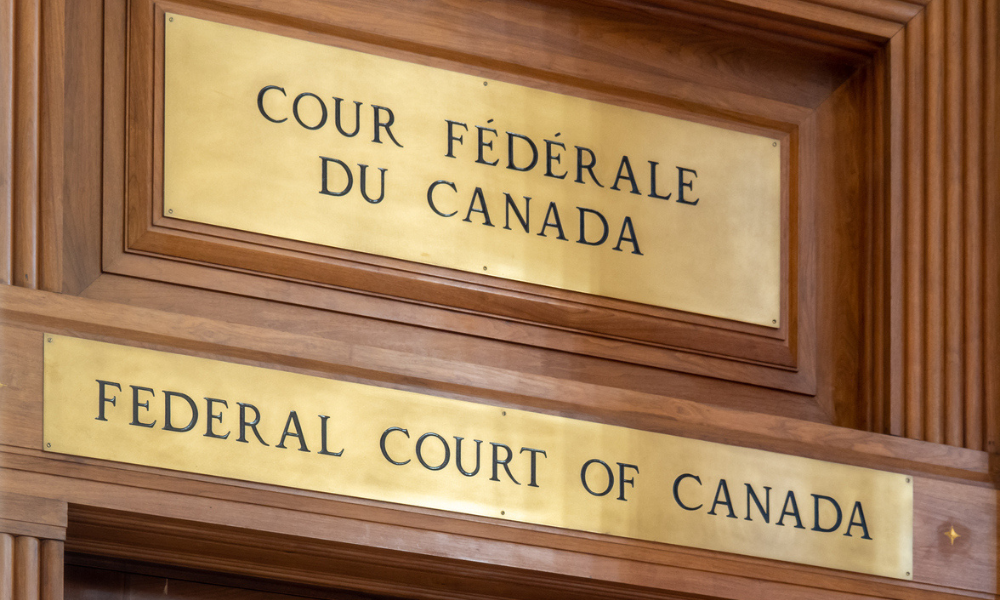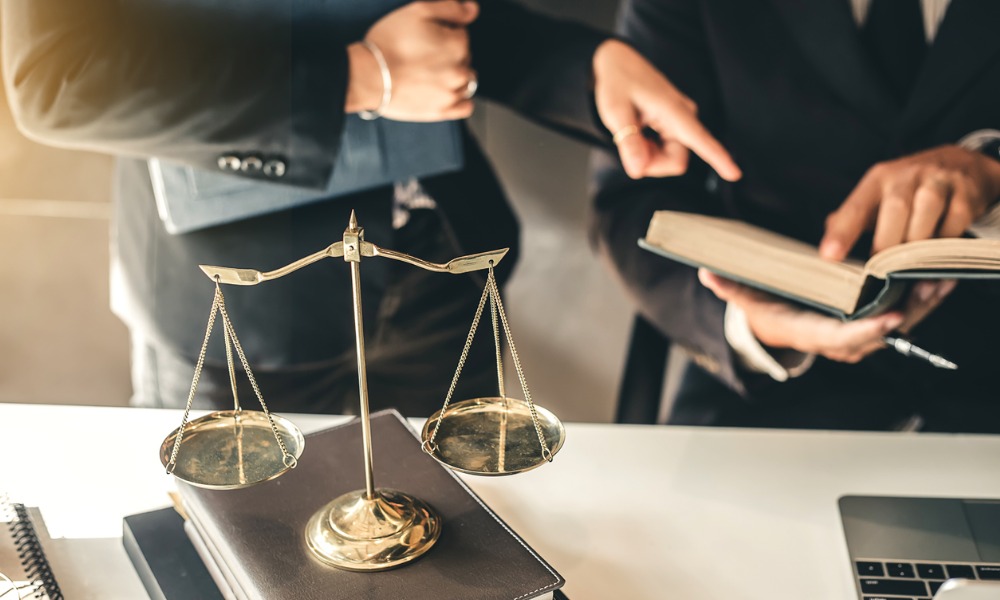We are all responsible for driving change, writes Sara Forte

“Sexual harassment, discrimination forcing women lawyers to quit. Some say the profession needs its ‘Me Too’ movement.” This recent headline and the long-form Toronto Star article by investigative journalists Robert Cribb and Emma Jarratt tore through LinkedIn on the Family Day weekend.
Some of our legal colleagues commented with surprise and shock, others with recognition and sharing of sexual harassment they had experienced or witnessed. I am sure lawyers across Canada read the Star article with curiosity (and maybe some fear) to see which firms were named and which partners were implicated. Change will only happen in our profession if lawyers consider with the same curiosity how they can stand up to sexual harassment.
In case there was any doubt, the brave lawyers who shared their stories publicly with the Star confirmed that sexual harassment is still happening in legal workplaces. This is not a surprise for those of us working as employment lawyers and workplace investigators. Our colleagues in the employment law bar regularly advise law firms and their employees, including lawyers, on workplace sexual harassment. It is definitely “still a thing,” and we all have a role in making change.
The role of legal regulators
Legal regulators can take a stronger stance on sexual harassment by lawyers. In July 2023, the Law Society of BC made extensive amendments and additions to the sections on harassment in the annotated Code of Professional Conduct, Chapter 6.3. For some time, 6.3-3 of this code has prohibited lawyers from sexually harassing “any person.” The recent amendments made this language more explicit to prohibit sexual harassment of “a colleague, employee, client or any other person.”
Annotations to 6.3-3 of the Code now include lengthy and descriptive lists of the type of conduct that could constitute sexual harassment, a note that lawyers are expected not to condone or be wilfully blind to sexual harassment, and express inclusion of off-duty conduct as potential grounds for discipline. This is one example of how regulators can drive change. Providing free CPD courses about sexual harassment or requiring mandatory training are additional opportunities for regulators to consider.
The role of law firm leaders
Law firm leaders have many reasons to drive change – professional, moral, ethical and financial. The recent Star article underlined that reputational risk is real. I understand from Star journalists Cribb and Barrett that they continue to investigate and intend to publish a series of articles. Now that a few survivors have gone public, it is fair to expect more will follow.
Policies seem like a basic first step, but many organizations do not have them. Firms should ensure they have a policy that expressly addresses workplace sexual harassment, stating that it is prohibited, giving examples, confirming that it will have consequences and including a transparent mechanism for reporting and investigation. This policy should be circulated and reviewed regularly and easily accessible to everyone at the firm. Training on the policy and bystander intervention training should also be done periodically and attended by every partner and employee.
Of course, policies and training only work if they are complied with and enforced. Complaints should be taken seriously, and employers must follow the policy.
Finally, there is a need for more consideration of the role of alcohol in increasing the risk of sexual harassment. I have seen this in my personal experiences of sexual harassment as well as in the sexual harassment cases we advise on or investigate. Planning firm events that are alcohol-free, limiting reimbursement for alcohol at client or firm events, and setting (and enforcing) expectations for alcohol use at work-related events are several ways that firm leadership can make the workplace safer.
The importance of power disparity
In the stories shared in the Star article, a striking theme was power imbalance – a female lawyer sexually harassed by someone she considered a mentor, an articled student sexually harassed by a law firm partner. Power disparity is a fundamental feature of many sexual harassment cases that our firm advises on or investigates. Differences in power are built into our profession, particularly with the requirement for principals to supervise and sign off on articles. Objective power differentials, such as lawyer versus staff and associate versus partner, are built into traditional law firm structures. It is important to consider less obvious power dynamics, too, for example, the systemic disadvantages of racialized lawyers and lawyers from other underrepresented groups. Power has been used to protect bad actors who generate high revenues or control key client relationships. As a profession, we need to become more informed and aware of the influence of power on workplace sexual harassment.
The role of lawyers
Every lawyer has the power to stand up to sexual harassment in our profession. We can advocate for legal employers and regulators to drive change. We can also act individually. Bystander intervention – where lawyers who “see something, say something,” is powerful. This is made easier with clear policies and bystander intervention training, but even if those are not happening in our workplace, bystanders can still intervene.
There are many forms of bystander intervention. Many of us think of it as calling someone out, publicly and in the moment, which can feel intimidating and inaccessible. Luckily, there are many indirect ways we can intervene as bystanders. We can follow up with the victim to let them know the conduct was witnessed and offer support. If something is subtle and we are unsure if what we have seen is harassment, even just recording the details of what happened can be helpful in case the conduct repeats or escalates. These are just a couple of examples of the wide array of options for bystanders to act.
A multi-level approach is needed to move the needle on workplace sexual harassment in the legal profession, and each of us has a role to play. Whether it is advocating for regulators to adopt professional conduct standards prohibiting sexual harassment, asking firm leadership about policies, training, and guidelines on alcohol use at work-related events, or taking action as a bystander when we witness sexual harassment, every lawyer in Canada has the power to stand up to sexual harassment.











